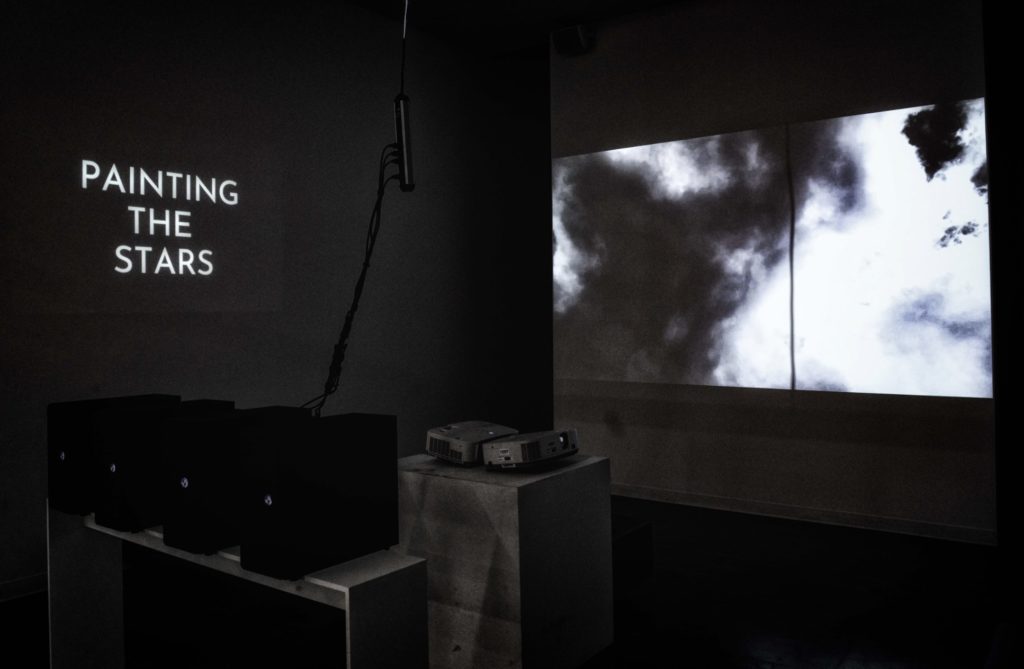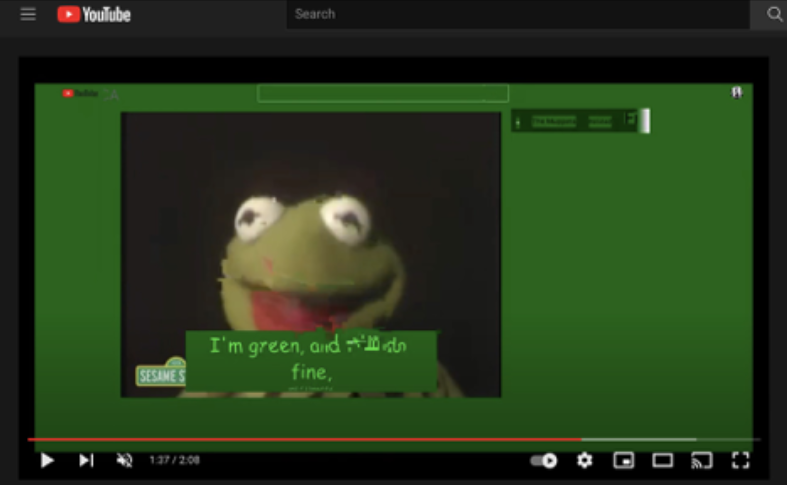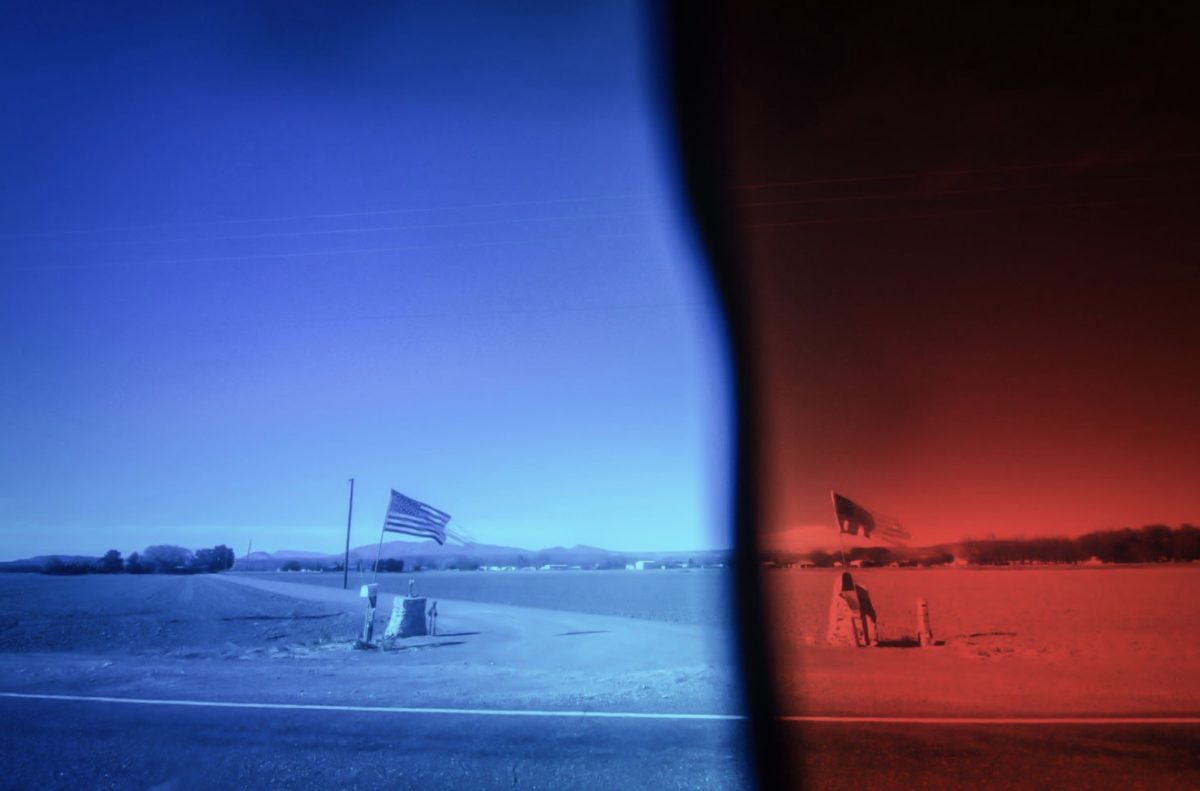
Installation: Still + Motion Photography / Audio / Poetics /
Sculptural Computing Devices / Projection
view piece here
───── ⋆⋅✿⋅⋆ ─────
Paint the Stars is a multi-modal installation combining sculptural elements, motion projection, audio, and poetics. Initially informed by my work in information science and later buoyed by the writings of Vannevar Bush and James Bridle, I began tracing the history and structure of the internet to its present ubiquity and opacity. This research fed into time-based photography of clouds as metaphors as well as various writings and reflections on the inherent power-dynamics at play. With respect to the poetics, opacity, authority, and complicity shone through for me, which in turn led to the inclusion of sculptural computer towers that, with no screen or direct method of interaction, symbolize the opaque, always-on, system which we can’t naturally communicate with nor directly access.
On the left wall of the gallery space, I projected these poetics, while on the right I projected a body of expository text. The stylization of both texts is timed – a style whose aesthetic itself is informed the cadence in Ezra Pound’s Cantos as well as the driving rhythm found within Young Hae Chang Heavy Industries’ foundational work. The center projection is an early iteration of dépaysant, or hyperlapse imagery of clouds taken while in motion. I completed the piece by incorporating a piano score which balances dark (high) and light (low) tones.
───── ⋆⋅✿⋅⋆ ─────
Left wall poetics
in heels & spurs, bright & obscure, i go out at night to paint the stars
evenings fat in that punch-drunk dead air, like a message from god
we move like a poem
like a body, somebody, everybody, my body moving
moving through the pitch, all ways on, always on, always giving
maybe we never learned to take
to take of this body
y/our heart becomes a vagrant, desire the currency
for everything seen, something remains invisible, like your devotion
to light, to intimacy, to solid black, to convenience, to comfort, to ubiquity
still, now
fugitive clouds enter & undress themselves down to their last wisp
they were all that was, once
then nothing
then you
utterly enveloped by the dark
i still go out at night without a single answer
yet, in the darkness, painting the stars, feels like one.
───── ⋆⋅✿⋅⋆ ─────
Right wall text:
the future is dark, which is the best thing the future can be (I think).
~Virginia Woolf, January 18, 1915
we are enveloped in a system we cannot stand outside of or live without. while we can physically survive, you, me, and everyone we know cannot thrive. we are utterly enmeshed. across the sciences and society, in politics and education, in entertainment and commerce, modern technologies aren’t simply an extension of our abilities, rather they actively shape and direct them. what is required is not literacy of these systems and technologies, but consideration. to think about histories and consequences – where and who they were designed for and which of these original intentions still lurk today. we wield computational thinking like a hammer in search of so many nails – every problem can be solved by the algorithm. the amorphous shape of this modern day oracle is the cloud, the central metaphor at play. the global network of interconnected computers, where we connect, play, fuck, work, store, retrieve. it’s something we all experience – all the time – yet rarely consider what it is or how it works or who it serves and who it harms. Every email photo status update google doc check-in blood donation tiktok credit card purchase vote cast like, share, and/or comment memory preference & unspoken desire are already on someone else’s infrastructure. we are habituated to this, arriving at reliance without real knowledge of what has been entrusted and to whom it’s entrusted to. frankly, the cloud is a shit metaphor. there is vast materiality – phone lines, fibre optics, satellite, ocean cables, wireless signals, and vast warehouses filled with humming computers. infrastructure in tax havens like Diego Garcia, Cyprus, and Sealand. Contested territories where ambiguity is purposefully exploited. here The cloud shapes itself to geographies of power. inside of the cloud are the previously weighty edifices of the civic sphere: the places we shop, bank, socialize, vote. now obscured, they are less visible, less open to investigation, regulation, critique. by understanding the form and function of the cloud we begin to understand the operation of power itself. Our agency is challenged by opaque machines and inscrutable code. where our understanding of the cloud and all it signifies begins is where the power tatters and frays. we may then see the fresh darkness of a metaphorical night sky. We have been conditioned to think of darkness as a place of danger, even of death. But the darkness can also be a place of freedom and possibility, a place of new beginnings – somewhere waiting to be illuminated.
───── ⋆⋅✿⋅⋆ ─────



